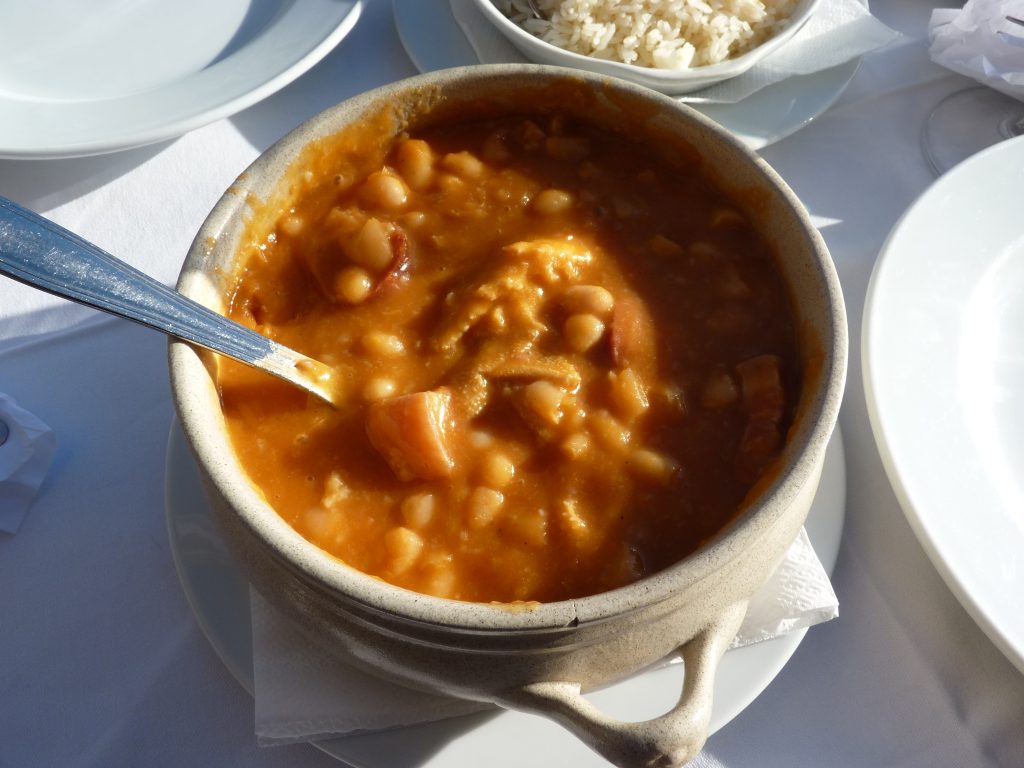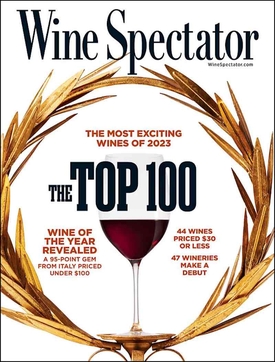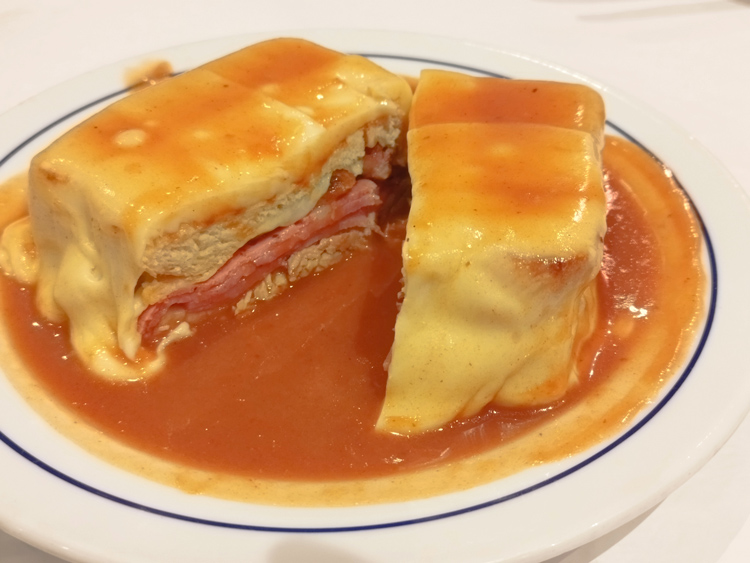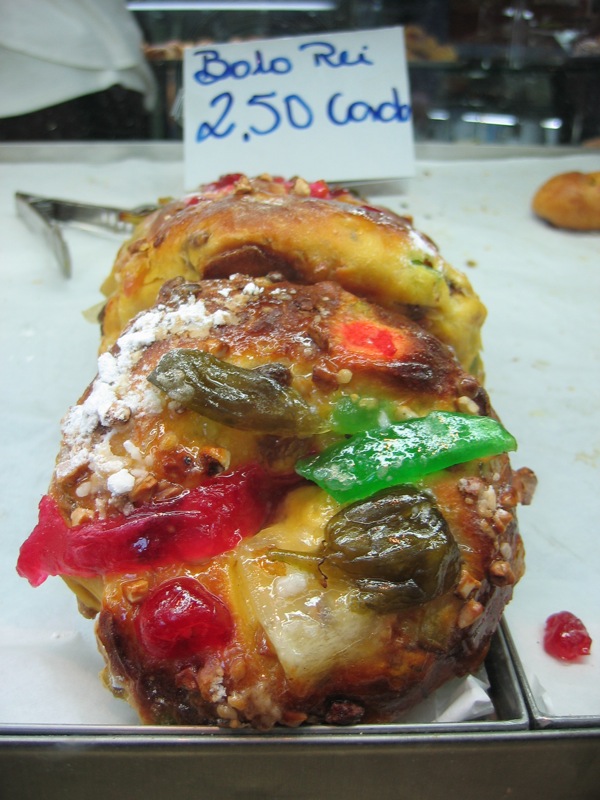The inhabitants of Porto are called “Portuenses” (Relative or belonging to the Portuguese city of Porto, in the district of the same name. Natural or inhabitant of Porto), nevertheless, they are mostly known as “tripeiros,” which translates to “tripe eaters” in English. This nickname has its origins in the city’s history during the Age of Discovery in the 15th and 16th centuries.
During this time, Porto played a crucial role in supplying ships for maritime expeditions, especially for when King João I and Infante D. Henrique secretly organized the capture of Ceuta (1415). As the story goes, when Porto’s ships set sail, they would often carry valuable goods like spices, gold, and other provisions. To ensure the ships’ stability and maximize cargo space, the meat for the journey was preserved and then sent on the voyages, leaving behind the less desirable parts, such as intestines.
The residents of Porto, known for their resilience and resourcefulness, made use of these leftover parts and developed recipes using tripe. Tripe became a staple in their diet, as it was an affordable and readily available source of protein. Over time, this association with tripe led to the people of Porto being affectionately called “tripeiros.”
The nickname has endured through the centuries and is now a source of pride for the inhabitants of Porto, reflecting their historical identity and culinary traditions. In fact, the dish “Tripas à Moda do Porto” (Porto-style tripe) remains a beloved local specialty, showcasing the city’s rich culinary heritage.



